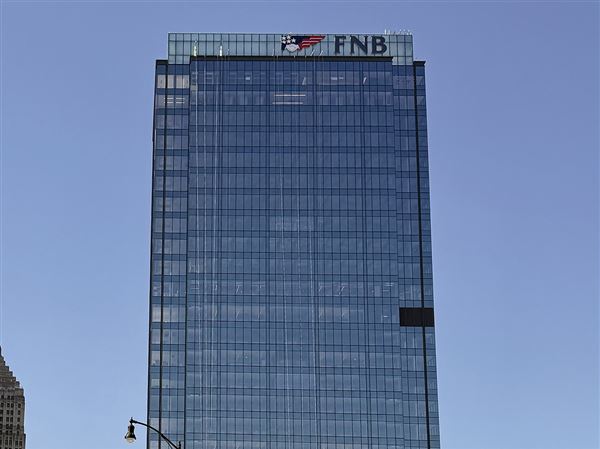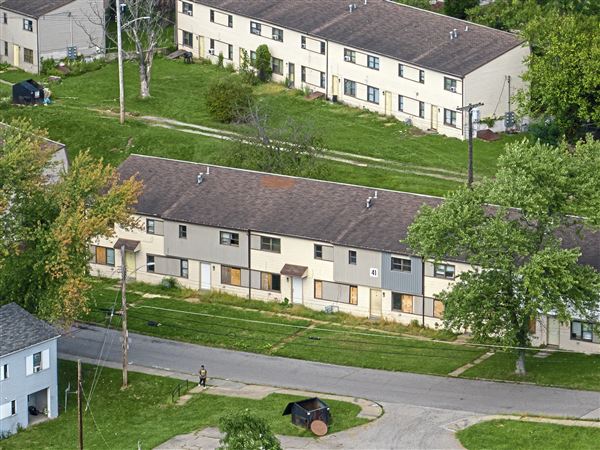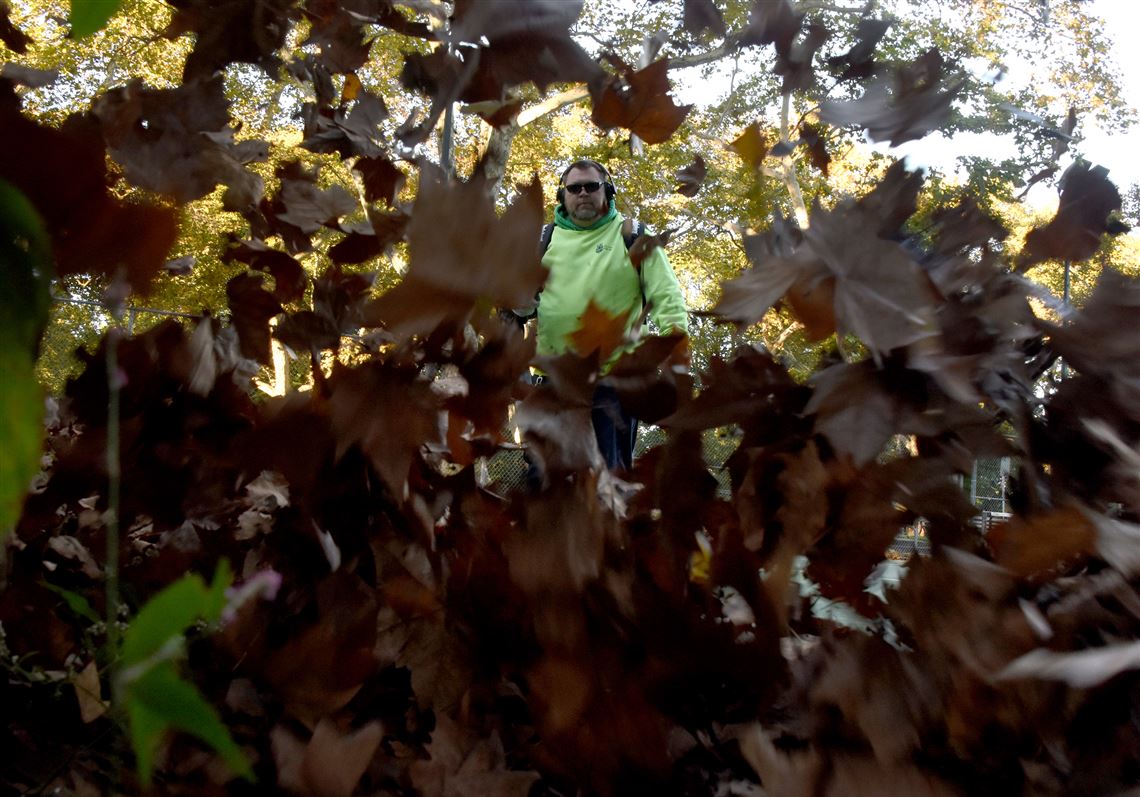I raked and bagged enough leaves to leave a hundred pounds or more of a crunchy contribution in the alley, one among 253 tons the city picked up in its annual autumn yard debris run.
The pickup was four Saturdays ago. Obviously, thousands of city residents appreciate and use this service each May and November, but I’ve long wondered about the environmental tradeoff.
Pennsylvania requires the city to send dozens of big, fossil fuel-burning trucks out twice a year to pick up sticks and leaves. How much debris must a big truck pluck for a big truck to stay green?
Neither the city nor the Pennsylvania Department of Environmental Protection had a ready answer. Debris from the biannual collections and from the city’s three dropoff centers resulted in more than 338 tons of compost, mulch and wood chips for Pittsburgh’s parks, tree plantings and community gardens last year, but what about the diesel fuel it took to move all that around?
I emailed the data to Jeffrey Morris of the Sound Resource Management Group, an avowed pollution shrinker from Olympia, Wash.
“It’s a no-brainer that the climate benefits of the collection of yard debris for composting outweigh the climate impact of the trucks,” he said.
How did he figure?
Because the compost can be used instead of petrochemical fertilizers, he said, every ton of yard debris will prevent climate-changing carbon emissions equal to a half-ton of carbon dioxide equivalents. Like most recycling, it’s what doesn’t need to be made that makes the most difference. Energy is expended just to make synthetic fertilizer, and its later use can be a problem for the Earth, too.
If a garbage truck gets even three miles to the gallon, he said, the break-even mileage for a ton of debris would be 120 miles. These trucks picked up an average of five tons apiece, according to the city, so they’d have to drive 600 miles with that load before there was an environmental loss. These trucks don’t leave the city and drove less than 150 miles apiece on the debris day, Kyle Winkler, the city’s recycling supervisor, said.
It’s a clear win for the planet, and the city has the added incentive of earning $328,000 in state performance grants last year for their overall waste reduction the year before. It expects at least $250,000 this year and perhaps more.
Loading up a column with numbers is even less advisable than mixing trash with recyclables, but Mr. Morris’s math did answer a question I’ve had every January that I’ve made a five-mile round trip to the West End dropoff center with a Christmas tree tied to the roof.
If every gallon of gasoline produces 22 pounds of carbon dioxide, and my ancient station wagon burns around a quarter-gallon of gas — say six pounds of CO2 — on that trip, how big does the Christmas tree have to be to make that errand a green one?
The tree could weigh only 12 pounds and it would be a plus, according to Mr. Morris’ math. Charlie Brown could drive his tree over at that rate.
The more common, every-other-week task of leaving recyclables at the curb is even easier to justify. Aluminum requires 96 percent less energy to make from recycled cans than it does from bauxite, Mr. Morris said, and the same figures for recycled glass, newsprint and plastic bottles range from 21 to 76 percent less energy.
Perhaps more to the point from a taxpayer’s point of view, it’s cheaper for the city to pick up and drop loads at the recycling plant in Hazelwood than it would be to drive it to the landfills in Imperial or Monroeville. Apart from the fuel savings, the ping-ponging cost of recycling has stayed well below the landfill fees that average around $25 a ton. In October, the cost of recycling was about a tenth of that, and the city’s estimated savings from not landfilling everything is more than $656,000 since 2014.
Twenty years ago, after the market for recyclables crashed, the New Jersey company that held the city’s contract got caught stealthily trucking all our dutifully blue-bagged empties and paper to a Washington County landfill. A quick change of contracts cost the city a million bucks, but recycling survived.
Since then, one of America’s chief exports to China has been recyclables. That country instituted “Operation Green Fence” about four years ago to curtail the food, trash and contaminants that had been coming over with the recyclables. That has increased handlers’ sorting costs here.
In an industry as jumbled as what’s in the blue bags, it’s oddly comforting that the end product of my leaves may wind up merely feeding a tree in the park at the end of my block. I should be able to provide it dessert when the city makes its next debris dash in May.
Brian O’Neill: boneill@post-gazette.com or 412-263-1947 or on Twitter @brotheroneill
First Published: December 4, 2016, 5:23 a.m.















